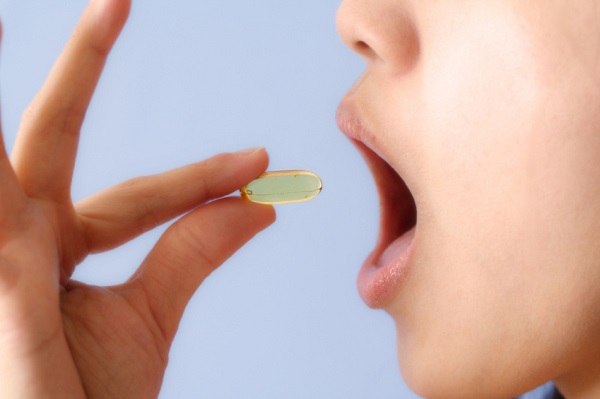Ingestible medical devices are fast becoming an exciting option for the treatment of disease and illness in humans; however, one of the things holding it back from full-fledged investment are the toxic batteries used to power these devices. The body cannot safely breakdown the chemicals used within these batteries, and so their retrieval is a time sensitive necessity.

This leads us to the new discovery from researchers at Carnegie Mellon University. They’ve published a paper that details the development of an edible battery made using the skin pigment melanin and other natural materials.
Per the team, the prototype battery can power a 5 milliWatt device for 18 hours — enough to gradually release a vaccine before degrading, or to sense microbiome changes in the gut and release medicine in response.
“For decades, people have been envisioning that one day, we would have edible electronic devices to diagnose or treat disease,” said Professor Christopher Bettinger, one of the members of the research team. “But if you want to take a device every day, you have to think about toxicity issues. That’s when we have to think about biologically derived materials that could replace some of these things you might find in a RadioShack.
“The beauty is that by definition an ingestible, degradable device is in the body for no longer than 20 hours or so. Even if you have marginal performance, which we do, that's all you need.”

Bettinger demonstrates the edibility of his team’s new battery.
There are several types of melanin, which are found in human skin, hair, and eyes—its primary responsibility is to protect humans from the harmful effects of ultraviolet light. This is perhaps most visible in the form of freckles, which are clusters of concentrated melanized cells. In addition to this, they also bind / unbind metallic ions—a key ability, as this is, more or less, what happens in a battery.
Armed with this knowledge, the researchers experimented with numerous types of melanin-sourced batteries; specifically, melanin pigments served as the positive and negative terminals. Additional natural materials were used in these prototype batteries, including manganese oxide and sodium titanium phosphate, which served as electrode materials, as well as copper and iron, which served as cations. All are materials that the body uses for normal functioning.
“We found basically that they work,” said researcher Dr. Hang-Ah Park. “The exact numbers depend on the configuration, but as an example, we can power a 5 milliWatt device for up to 18 hours using 600 milligrams of active melanin material as a cathode.”
Looking ahead, the team plans to try and make edible batteries with other natural materials, including pectin — a gelling agent, extracted from plants, which is often used to make jams and jellies. They will also begin working on packaging that would allow the edible battery to be used in the stomach.
Advertisement
Learn more about Electronic Products Magazine





